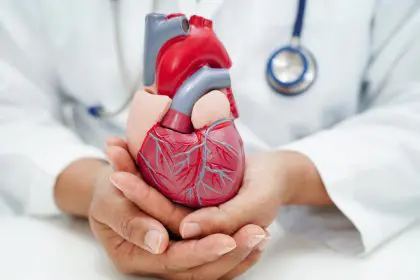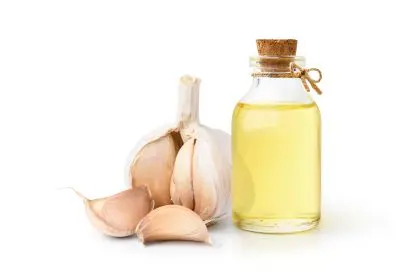
When it comes to the amount of alcoholic beverages it takes to raise lood pressure, it only takes one a day. In the Hypertension journal, a study in healthy adults reported as little as one alcoholic drink a day increased systolic blood pressure, the top number in a blood pressure reading, even in men and women with no existing hypertension.
“We found no beneficial effects in adults who drank a low level of alcohol compared to those who did not drink alcohol,” Dr. Marco Vinceti, a professor of epidemiology and public health at the University of Modena and Reggio Emilia in Italy, said in a statement, according to CNN.
The article stemmed from seven studies done in Japan, South Korea and the United States between 1997 and 2021. It followed over 19,000 adults ages 20-70, who had no prior diagnoses of alcoholism, binge drinking, cardiovascular disease, diabetes or liver disease over an average five-year span of time. The World Health Organization sets the standard of 10 grams of alcohol per drink, while America defines it as 14 grams of alcohol.
“In the U.S., you’re probably getting more than one standard drink per day,” study co-author Paul Whelton said, according to CNN. “If you got a pour of wine with 14 grams of alcohol at a restaurant, you’ll want to say to your server, ‘You cheapskate, go back and pour a real glass of wine.’ We think we’re consuming one standard drink, but we’re not.”
For people who consumed an average of 48 grams of alcohol per day, or nearly 3 to 5 standard U.S. drinks, systolic blood pressure rose nearly 5 mm Hg over the same time frame compared to non-drinkers.
“First, I don’t recommend people start drinking,” said Dr. Andrew Freeman, according to CNN, who was not involved in the study, but is the director of cardiovascular prevention and wellness at National Jewish Health in Denver. “If they do drink, they should try to really minimize it and then do their best to maintain healthy behaviors that help the heart, such as exercise and stress reduction.
“Exercise is an amazingly effective way to lower blood pressure, both systolic and diastolic, as it helps the heart relax and maintain better efficiency.”















